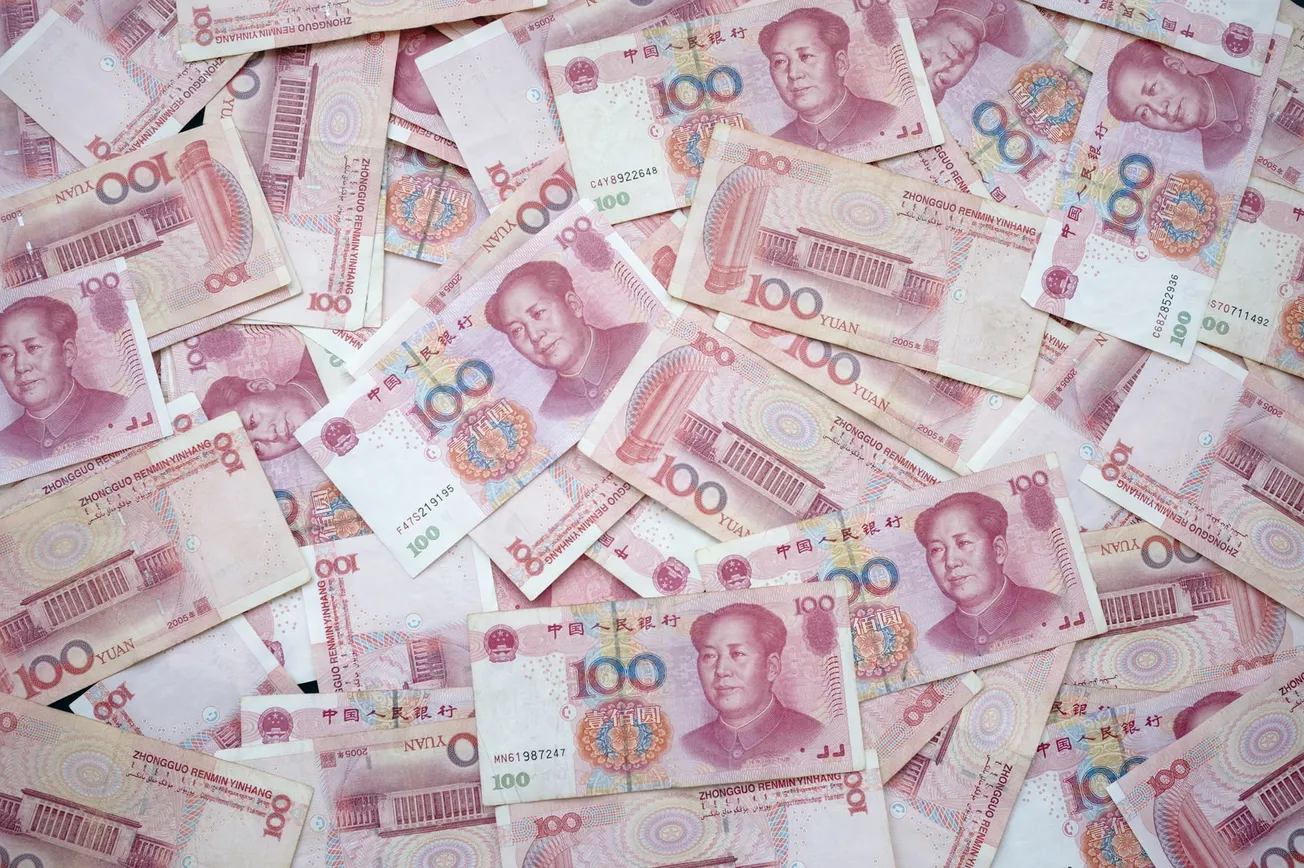Lawrence W. Reed
fee.org
Not so long ago, when the dollar was “as good as gold” and so were many other currencies, economists spoke of paper money that wasn’t connected to a precious metal as “irredeemable,” “inconvertible,” “unbacked” or “fiat.”
None of those adjectives were complimentary.
The world is now accustomed to paper money that comports with those pejoratives. Most people today never imagine a sound alternative in which paper is tied to a metal, even as they complain about the soaring prices that fiat paper causes. It’s as if we are surprised to see that the streets are wet and are demanding to know where the water came from.
As if by instinct, the market provides escape hatches so people don’t drown in the government’s paper. Even in socialist, hyperinflationary Venezuela in recent years, Bitcoin is proving to be one such escape hatch.
The Ghost of Inflation
America’s first experiment with fiat money (Massachusetts, 1690) did not go well. A century later, the Second Continental Congress printed until its paper money became “not worth a continental.” For readers interested in those and other stories of inflation, I compiled two free eBooks, one titled When Money Goes Bad and the other titled America’s Money: A History.
My primary point in this short essay is this: Unbacked paper and its inflationary consequences are almost as old as the country where paper money originated—China. The lessons from it are essentially the same as the lessons from the world’s other, numerous fiat paper experiences.
Paper money first appeared during China’s Song Dynasty in the 11th Century B.C. Made from mulberry bark, it served as a receipt or substitute for the real thing (gold and silver), and hence was “backed” and “redeemable.” But later governments abused it by over-issuing the paper and severing its connection to precious metals.
For example, from first-hand experience the famous explorer Marco Polo recounted China’s paper inflation of the 13th Century. In The Travels of Marco Polo, he wrote:
All these pieces of paper are issued with as much solemnity and authority as if they were of pure gold or silver; and on every piece a variety of officials, whose duty it is, have to write their names, and to put their seals. And when all is prepared duly, the chief officer deputed by the Khan smears the seal entrusted to him with vermilion, and impresses it on the paper, so that the form of the seal remains imprinted upon it in red; the money is then authentic. Anyone forging it would be punished with death. And the Khan causes every year to be made such a vast quantity of this money, which costs him nothing, that it must equal in amount all the treasure of the world.
The greatest hyperinflation in all Chinese history occurred less than a century ago. It played a huge role in the collapse of the Nationalist government of Chiang Kai-shek and the ascendancy to power of Mao Zedong and the Chinese Communist Party in 1949. According to entrepreneur Jay Habegger,
Between 1935 and 1949, China experienced a hyperinflation in which prices rose by more than a thousandfold. The immediate cause of the inflation is easy to isolate: the Nationalist government continually injected large amounts of paper currency into the Chinese economy. The monetary expansion was so severe that during World War II, Nationalist printing presses were unable to keep up, and Chinese currency printed in England had to be flown in over the Himalayas.
The Chinese money supply stood at about 3.6 billion yuan when war broke out with Japan in 1937. By 1945, it had soared to 1,506 billion. Economist Richard Ebeling explained the price effects of this hyper-expansion:
As one very rough indicator, we can use the wholesale price index of Shanghai during this period, with May 1937 equaling 1. By the end of 1941 the Shanghai wholesale price index stood at 15.98. By December 1945 it had reached 177,088, and by the end of 1947 it was 16,759,000. In December 1948 the index had risen to 36,788,000,000, and in April 1949 it was at 151,733,000,000,000.
The government of Chiang Kai-shek desperately “fought” runaway prices by recalling and reissuing paper notes, proclaiming the new ones to be tied to gold even as it forced citizens to turn their gold in to the regime (as Franklin Roosevelt did in 1933). But the promise to pay proved little more than a renewed license to cheat, as the astronomical numbers cited above strongly suggest.
A gripping account of the hyperinflation and the communist takeover can be found in Helen Zia’s recent book, Last Boat Out of Shanghai: The Epic Story of the Chinese Who Fled Mao’s Revolution.
An Important Lesson
Money originated in the marketplace as a medium of exchange. Governments, sooner or later, love to take it over, monopolize it, and then debase it to accommodate their thirst to spend. Prices soar, savings erode and economies fall apart in the chaos.
It’s an old story. It’s a battle we still wage today. Neither China nor America nor any other country is immune from an age-old verdict of history and economics: Print too much and the money goes to hell.









